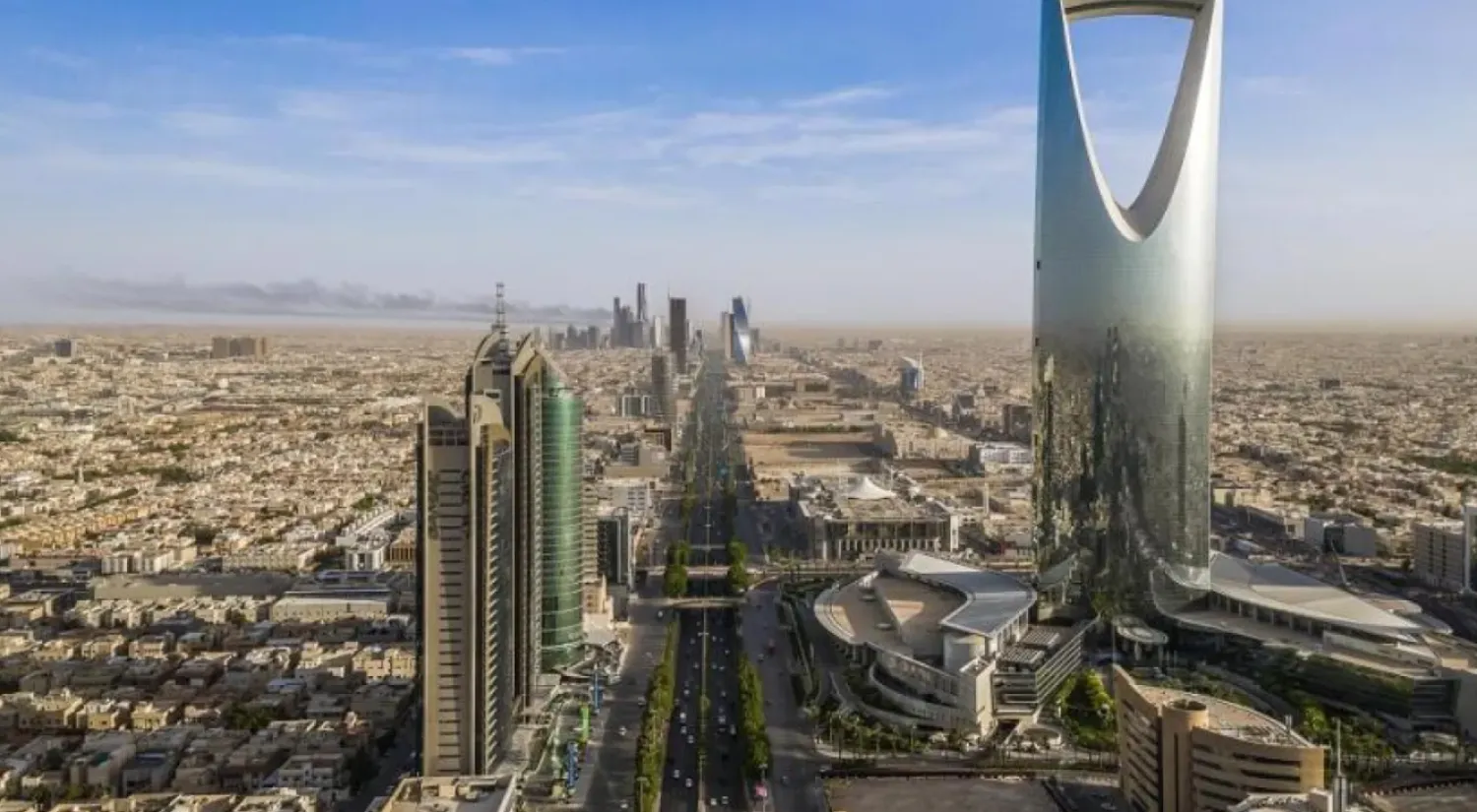The First International Conference on Sand and Dust Storms was held in Riyadh from March 4 to 6, SPA said on Thursday.
The conference emphasized the need for increased international collaboration to address the growing threat of dust storms in the West Asia and Middle East region.
The conference, hosted by the Saudi National Center for Meteorology (NCM) and the World Meteorological Organization (WMO) Sand and Dust Storm Warning Regional Center, brought together leaders, researchers, and experts from various countries and organizations.
It called for expanding the reach of the NCM-WMO regional centers to cover all countries in West Asia and the Middle East region, which are disproportionately affected by dust storms due to resource depletion.
Establishing a coordination framework among countries was deemed crucial to address transboundary dust storms, supporting source countries in mitigating their impact on affected regions, and conducting further research to understand the root causes of these storms.
The conference urged regional countries to collaborate and leverage the regional center's and international research institutions' expertise to achieve coordinated research and monitoring efforts.
This collaboration includes establishing strategically located research stations and developing a regional network for improved data exchange and early warning systems.
Another topic highlighted during the conference was the importance of raising public awareness about the social, health, economic, and developmental impacts of dust storms.
The conference also recommended regular regional meetings to facilitate knowledge sharing and collaboration among countries.
The conference highlighted the potential of existing Saudi initiatives, such as the Regional Climate Change Center and Regional Cloud Seeding Program, to help countries mitigate the negative impacts of dust storms across the region.
The event emphasized the need for further research on the interactions between dust and human-made emissions, particularly their combined impact on health, aligned with World Health Organization standards. Connecting research findings to policy decisions was also emphasized as vital for developing effective solutions to combat dust storms and their associated challenges.
The conference commended Saudi Arabia for hosting the 16th session of the Conference of the Parties (COP16) of the United Nations Convention to Combat Desertification (UNCCD) and called for increased development programs and stronger links between research and policymaking.
The three-day conference explored a broad range of topics, including dust's impact on air quality and human health in urban dry areas, predicting and mitigating sand and dust storms, monitoring and forecasting techniques, dust characterization and properties, health and air quality in dust-affected regions, measuring and modeling the impact of dust on solar energy devices and climate in the Arabian Peninsula, and the interplay of dust, weather, climate, and policy, as well as ongoing UN efforts to combat sand and dust storms.
A dedicated panel discussion focused on enhancing regional resilience to sand and dust storms, drought, and land degradation. This session aimed to strengthen regional data exchange and capacity building, develop an international cooperation framework, align efforts with sustainable development goals, address root causes and challenges, and integrate dust and sandstorm data into relevant COP16 decisions to support affected parties.
First Int’l Conference on Sand and Dust Storms Held in Riyadh

First International Conference on Sand and Dust Storms was held in Riyadh from March 4 to 6. (SPA)

First Int’l Conference on Sand and Dust Storms Held in Riyadh

First International Conference on Sand and Dust Storms was held in Riyadh from March 4 to 6. (SPA)
لم تشترك بعد
انشئ حساباً خاصاً بك لتحصل على أخبار مخصصة لك ولتتمتع بخاصية حفظ المقالات وتتلقى نشراتنا البريدية المتنوعة







